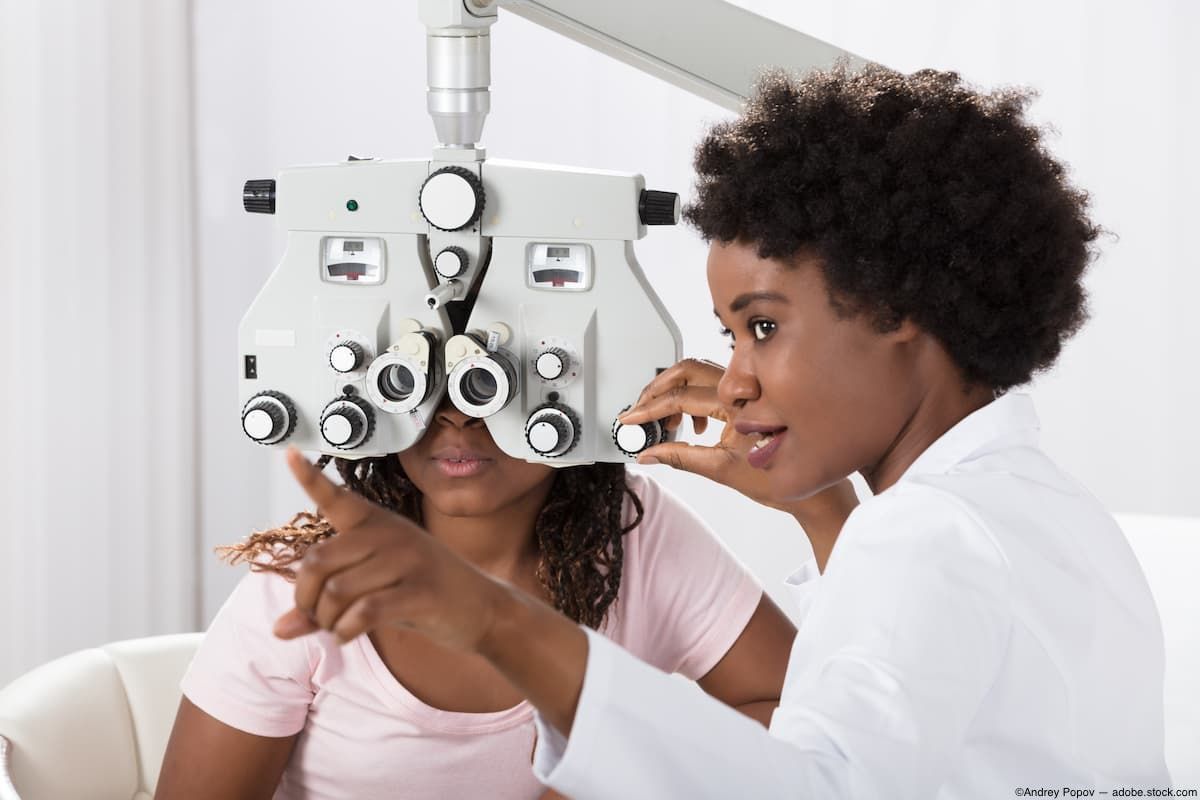Prevent Blindness names April as Women’s Eye Health and Safety Month
The organization will have resources available including fact sheets, shareable social media graphics, and educational videos and web pages.
Image credit: AdobeStock/AndreyPopov

Nonprofit eye health organization Prevent Blindness has declared April as Women’s Eye Health and Safety Month and will be providing free resources to educate the public and eye care providers alike about women’s eye health.1 These resources include fact sheets, shareable social media graphics, and educational videos and web pages, according to a news release.
“As eye care professionals, it's crucial to recognize the unique eye care needs based on gender,” said Maria Sampalis, OD, owner of Sampalis Eye Care, in the release. “Patients often present with wide range of concern, and we must be at forefront of addressing these needs to ensure the best possible care.”
Sampalis is contributing to the featured month’s content in the form of a Focus on Eye Health Expert Series episode titled “Healthy Vision and Eye Safety Tips for Women,” where she is interviewed by Prevent Blindness Vice President of Public Health and Policy Kira Baldonado on the importance of women accessing regular eye care. Additionally, Sampalis will discuss obstacles some women encounter in seeking out eye care, different vision conditions that affect women, and other health conditions that may be detected through an eye examination. The discussion will also be featured in the new Prevent Blindness Focus on Eye Health Podcast in April. Sampalis was the 2024 recipient of the Theia Award of Excellence for Industry Influence from Women in Optometry and is a volunteer member of the Prevent Blindness Development Committee.1
According to the release, eye diseases such as age-related macular degeneration, cataract, dry eye, glaucoma, and thyroid eye disease occur more frequently in women than in men. Women also have a higher incidence of refractive error, and can experience vision changes during pregnancy and/or menopause. The American Academy of Ophthalmology notes that women live longer on average and many eye problems are age-related. Women’s access to eye care can also be affected by social and economic factors, particularly those in developing countries.1
“Throughout the lifespan, women will likely undergo changes to their vision,” said Baldonado in the release. “Prevent Blindness continues to work to educate all on the importance of access to quality eye care and affordable treatment, especially women, who are at higher risk of vision impairment and blindness.”
Reference:
Prevent Blindness declares April as Women’s Eye Health and Safety Month, providing free educational resources to the public and professionals. News release. Prevent Blindness. March 26, 2025. Accessed March 26, 2025.
Newsletter
Want more insights like this? Subscribe to Optometry Times and get clinical pearls and practice tips delivered straight to your inbox.